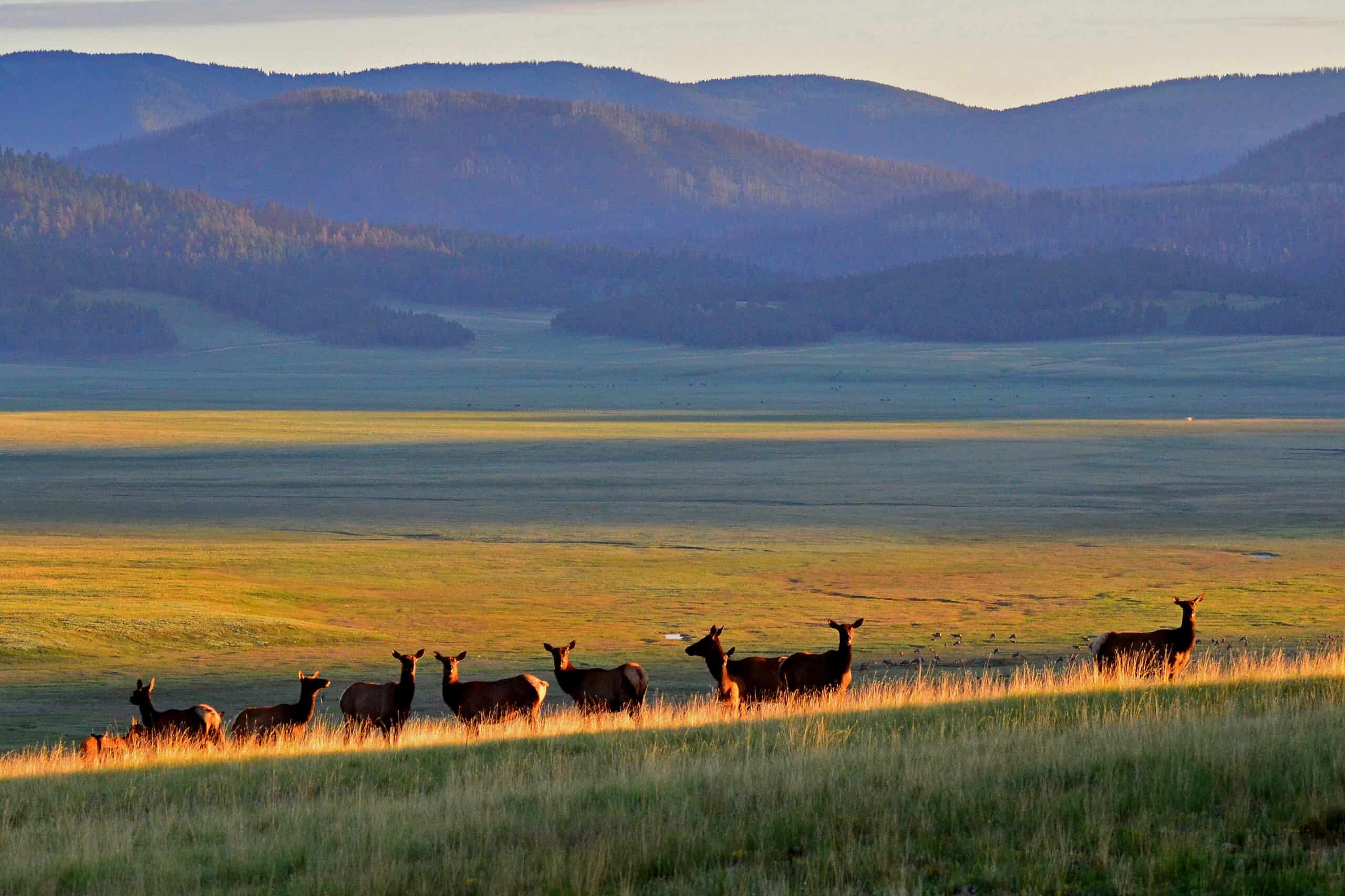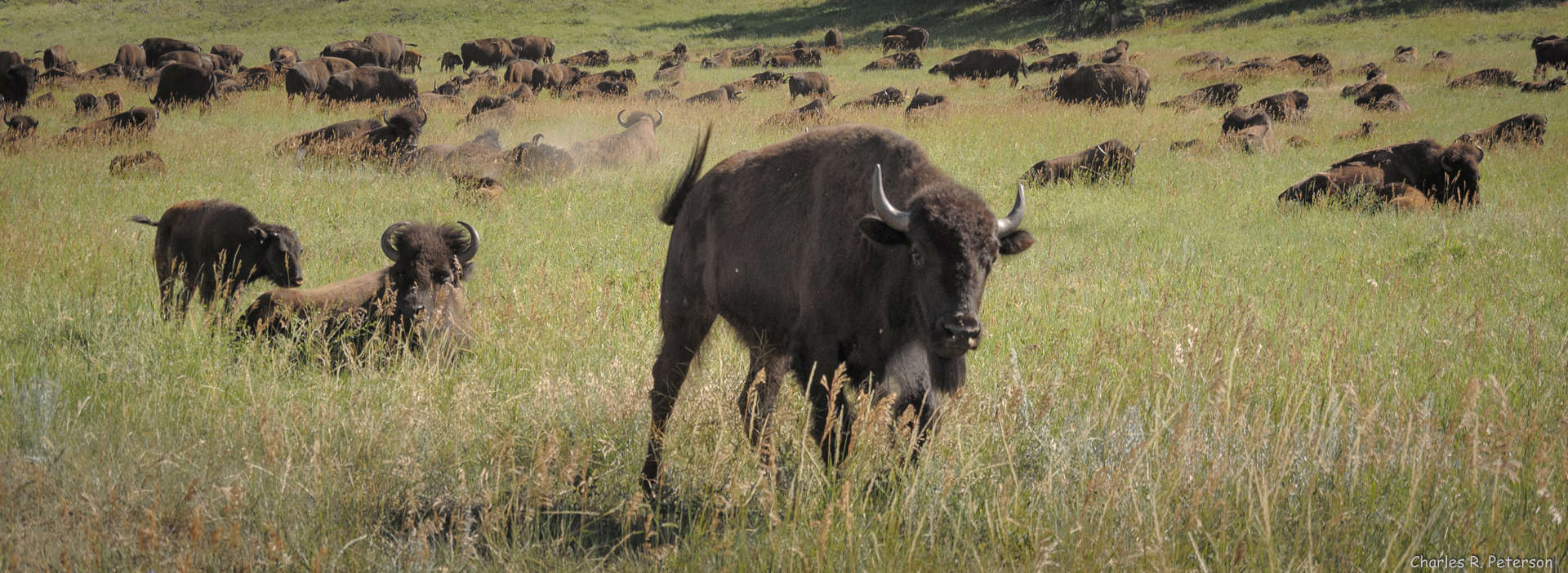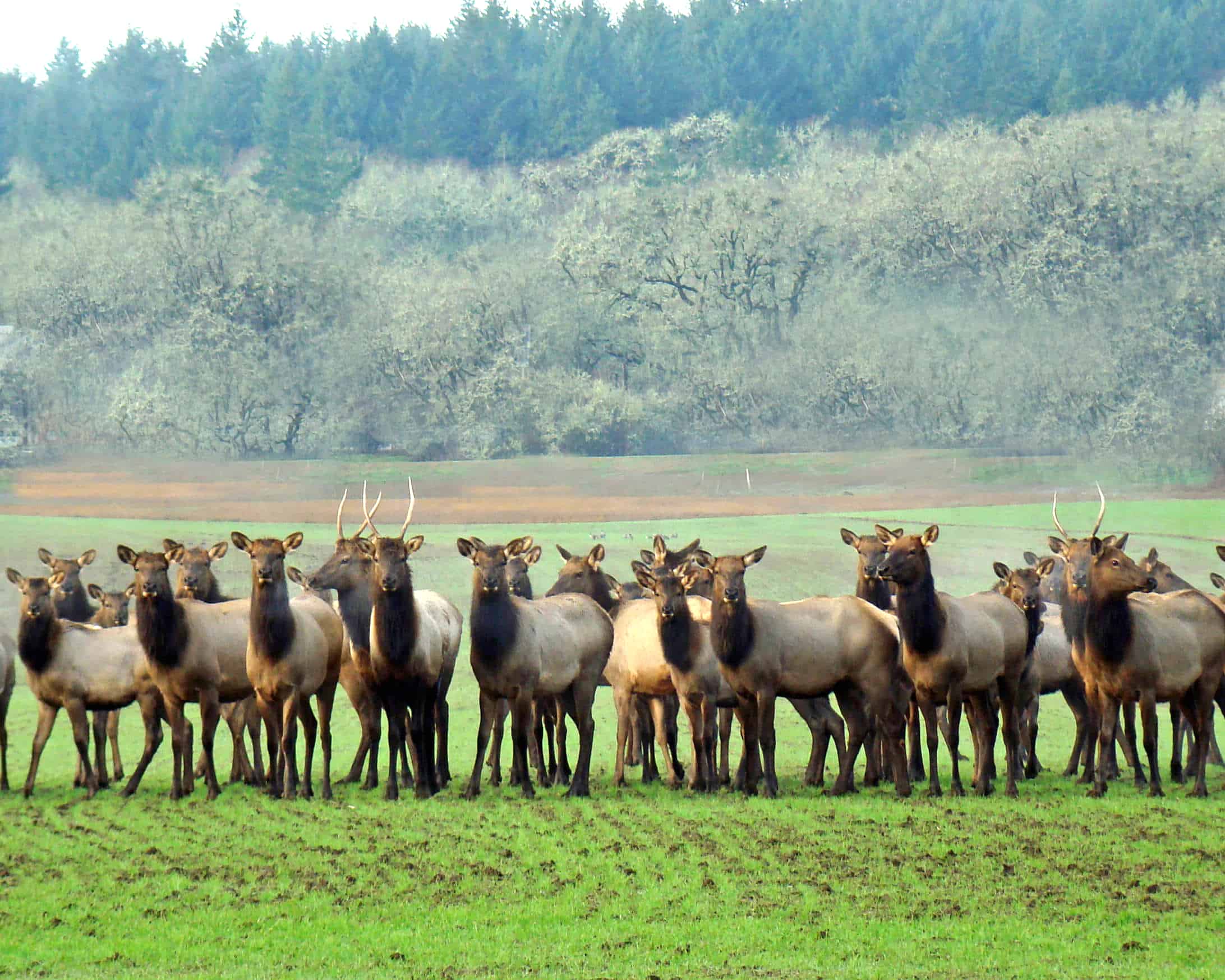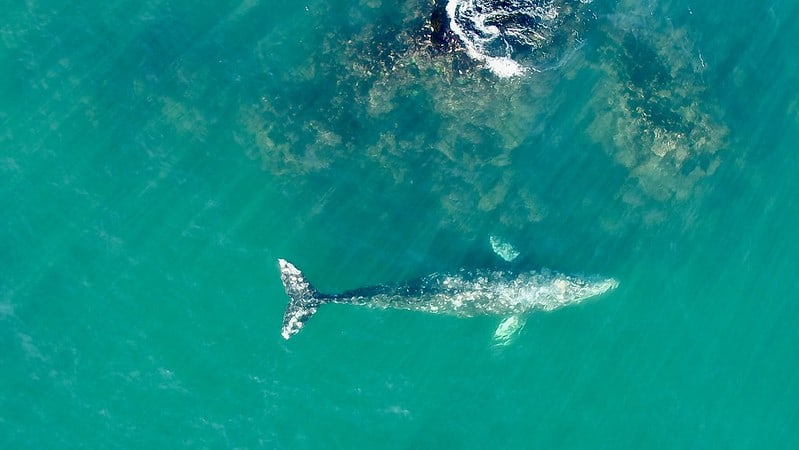Share this article
Wildlife Featured in this article
- Rocky Mountain elk
JWM: Why has elk recruitment declined in New Mexico?
A recent study examines whether bottom-up effects influenced calf recruitment
Researchers seeking to understand why calf recruitment in a New Mexico elk population has been declining have found the problem may be from both the bottom and the top.
Wildlife managers have surveyed the Rocky Mountain elk (Cervus canadensis nelsoni) herd at Vermejo Park Ranch, a Ted Turner Reserve in New Mexico, for years. Since the early 2000s, they began to notice the ratio of calves to cows in the fall was dropping on the ranch—one of the largest private land holdings in the United States, which holds one of the largest populations of elk in New Mexico. The calf-to-cow ratio—a metric for how many young are being recruited into the population—had reached as high as 51 calves per 100 cows in 2003. By 2013, it had dropped to 20 calves per 100 cows.
The problem of shrinking recruitment wasn’t just happening in New Mexico. It has been taking place in many parts of the southern Rocky Mountains over the past two decades. Researchers wanted to understand what was happening.
Two studies were started to examine the problem from different directions. The New Mexico Department of Game and Fish spearheaded a study looking primarily at top-down factors, examining whether pressure from predators was causing the problem. The other one, led by Vermejo Park Ranch, looked at bottom-up factors to see if the environment was contributing to elk declines.
The NMGF study, published in the Journal of Wildlife Management in 2018, found that about half of radio-collared calves died from predation in the first three months of life—usually from black bears (Ursus americanus). “They concluded that bear predation was likely the primary factor limiting recruitment of elk in that population,” said TWS member Bruce Watkins, who worked on the Vermejo study and was the big game coordinator for Colorado Parks and Wildlife before retiring. During the first few months after birth, calves are most susceptible to predation, Watkins said. If they survive to the winter, the predation rate drops way off.
But the Vermejo study, also published in the Journal of Wildlife Management, showed that the drop in elk recruitment is likely more complicated than simple predator-prey relationships.
Researchers examined 1,885 cow elk harvested on the ranch during December and January from 2009-2016. To hunt at Vermejo, hunters were required to bring their harvested cow elk to a central facility where biologists collected a variety of data from the cadavers.
The team also examined precipitation and climate data for the area. They found that summer precipitation during the year calves were conceived was directly related to higher calf to cow ratios the following year. More rain during June-August meant better range conditions, better body condition of cows, and higher pregnancy rates. Females older than 11 years old also saw decreasing rates of pregnancy every subsequent year.
“There was strong evidence that there were bottom-up effects and age-structure effects, and they were having meaningful impacts on recruitment,” Watkins said.
Although these effects on recruitment were less than the effect of predation mortality found in the NMGF study, the Vermejo researchers showed rain, or a lack thereof, could still substantially influence population growth. In addition, the cows giving birth while in poorer condition may be leading to a higher calf predation rate the following year, since carnivores may find their prey easier to catch.
These issues might be worsening. “With climate change you would expect the possibility of drier summers, or at least a lot more variable summer precipitation,” Watkins said. “Obviously those things can affect the elk.”
This article features research that was published in a TWS peer-reviewed journal. Individual online access to all TWS journal articles is a benefit of membership. Join TWS now to read the latest in wildlife research.
Header Image: Rocky Mountain elk recruitment is declining in parts of New Mexico. Credit: Larry Lamsa








